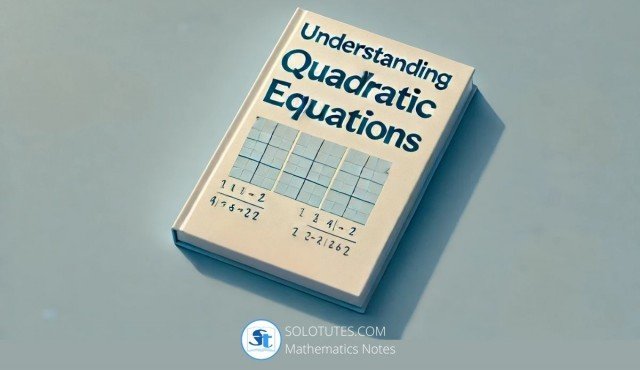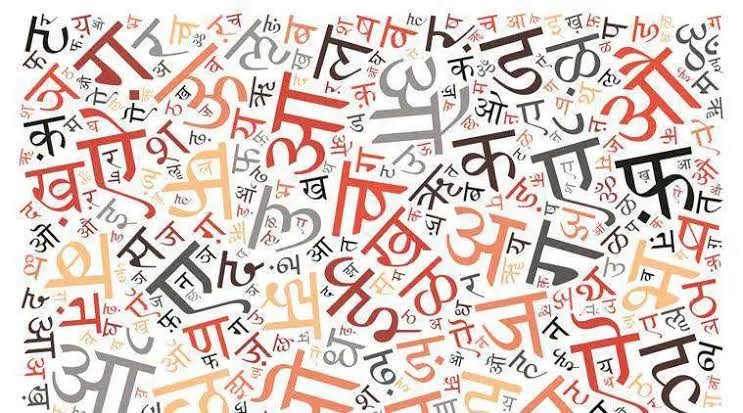Notes
1. Physical Quantities
Unit, Dimensions and measurements > Physical-Quantity
Physical quantity
- A quantity that can be measured and by which various physical happenings can be explained and expressed in the form of laws is called a physical quantity. For example length, mass, time, force, etc.
- Measurement is necessary to determine the magnitude of a physical quantity, to compare two similar physical quantities and to prove physical laws or equations
- A physical quantity is represented completely by its magnitude and unit. For example, 10 metre means a length which is ten times the unit of length. Here 10 represents the numerical value of the given quantity and meter represents the unit of quantity under consideration.
- Physical quantity (Q) = Magnitude x Unit = n x u
- i.e. n u = constant, or n1u1 = constant ; ∴ n α 1/u
Types of physical quantities
- Ratio (numerical value only): When a physical quantity is the ratio of two similar quantities, it has no unit.
- Scalar (magnitude only): These quantities do not have any direction e g. Length, time, work, energy, etc. The magnitude of a physical quantity can be negative. In that case, a negative sign indicates that the numerical value of the quantity under consideration is negative. It does not specify the direction.
- Vector (magnitude and direction): These quantities have magnitude and direction both and can be added or subtracted with the help of laws of vector algebra e.g displacement, velocity, acceleration, force, etc.
- Scalar (magnitude only) : These quantities do not have any direction e g. Length, time, work, energy, etc. Magnitude of a physical quantity can be negative. In that case negative sign indicates that the numerical value of the quantity under consideration is negative. It does not specify the direction.
2. Fundamental and Derived Quantities
Unit, Dimensions and measurements > Fundamental and Derived Quantities
Fundamental and Derived Quantities
- The quantities that are independent of other quantities are called fundamental quantities. The units that are used to measure these fundamental quantities are called fundamental units. There are four systems of units namely C.G.S [centimeter(cm), gram(gm), second(sec)], M.K.S [metre(m), kilogram(kg), second(sec)], F.P.S [foot, pound, second] and Si [International system of units].
- The quantities that are derived using the fundamental quantities are called derived quantities. The units that are used to measure these derived quantities are called derived units.
Fundamental and Supplementary physical quantities in SI system:
| Fundamental quantity | System of Units | ||
|---|---|---|---|
| C.G.S | M.K.S | F.P.S | |
| Length | Centimeter | Meter | Foot |
| Mass | Gram | Kilogram | Pound |
| Time | Second | Second | Second |
Unit and symbol of quantities:
| Quantity | Unit | Symbol |
|---|---|---|
| Length | Metre | m |
| Mass | Kilogram | Kg |
| Time | Second | sec |
| Electric Current | Ampere | A |
| Temperature | Kelvin | K |
| Amount of Substance | Mole | mol |
| Luminous Intensity | Candela | cd |
Practical units
- Length
- 1 angstrom = 1A = 10-10= 10 cm 10 mm 0.1 mm
- 1 micron = um = 10-6 m
- 1 Light year = 1 ly = 9.46 x 1015 m
- 1 Parsec 1pc = 3.26 light year
- Mass
- Metric tonne: 1 Metric tonne 1000 kg
- Quintal: 1 Quintal = 100 kg
- Atomic mass unit (AMU) : AMU = 1.67 x 10-27kg
- Time
- 1 year = 365.25 days = 3.156 x 107 sec.
- 1 solar year = 365.25 average solar day
- Average solar day = 1/365.25 the part of a solar year
3. Dimensions of Fundamental Quantities
Unit, Dimensions, and measurements > Dimensions
Dimensions
- The power to which fundamental quantities must be raised in order to express the given physical quantity are called its dimensions.
- To make it more clear, consider the physical quantity force
Force = mass X acceleration
= mass x velocity/time
= mass x (length/time)/time
= mass x length x (time)2 …(i)
Thus the dimensions of force are 1 in mass, 1 in length and -2 in time.
Thus equation (i) can be written as [force] = [MLT-2]
Important dimensions of complete physics
Heat
| Quantity | Unit | Dimension |
|---|---|---|
| Temperature(T) | Kelvin | [M0L0T0θ1] |
| Heat(Q) | Joule | [ML2T-2] |
| Specific heat(c) | Joule/kg-K | [M2L2T-2θ-1] |
| Thermal capacity | Joule/K | [M1L2T-2θ-1] |
| Latent heat(L) | Joule/kg | [M0L2T-2] |
| Gas Constant(R) | Joule/mol-K | [ML2T-2θ-1mol-1] |
| Boltzmann Constant (K) | Joule/K | [M1L2T-2θ-1] |
| Planck’s constant(h) | Joule-s | [M1L2T-1] |
Electricity
| Quantity | Unit | Dimension |
|---|---|---|
| Electric charge(q) | Coulomb | [M0L0T1A1] |
| Electric current(I) | Ampere | [M0L0T0A1] |
| Electric potential(V) | Joule/coulomb | [M1L2T-3A-1] |
| Dielectric constant(K) | Unitless | [M0L0T0] |
Significant figures
Significant figures in the measured value of a physical quantity tell the number of digits in which we have confidence. Larger the number of significant figures obtained in a measurement, greater is the accuracy of the measurement. The reverse is also true.
- All non-zero digits are significant.
Example: 64.7 has three significant figures. - A zero becomes a significant figure if it appears between two non-zero digits.
Example: 2.98 has three significant figures. - Leading zeros or the zeros placed to the left to the number are never significant.
Example: 0.879 has three significant figures. - Trailing zeroes or the zeroes placed to the right of the number are
significant.
Example: 2.270 has four significant figures. - In exponential notation, the numerical portion gives the number of significant figures. Example: 2.24 x 10-3 has three significant figures.
More in this Chapter..

Physical Quantities
A quantity that can be measured and by which various physical happenings can be explained and expressed in the form of laws is called a physical qua
4.63M Join the discussion.

Fundamental and Derived Quantities
The quantities that are independent of other quantities are called fundamental quantities. The quantities that are derived using the fundamental q
4.63M Join the discussion.

Dimensions of Fundamental Quantities
The power to which fundamental quantities must be raised in order to express the given physical quantity are called its dimensions.
4.63M Join the discussion.
.png)


















.jpg)








 संज्ञा
संज्ञा  Pronoun - as Parts of Speech | Breif Overview
Pronoun - as Parts of Speech | Breif Overview